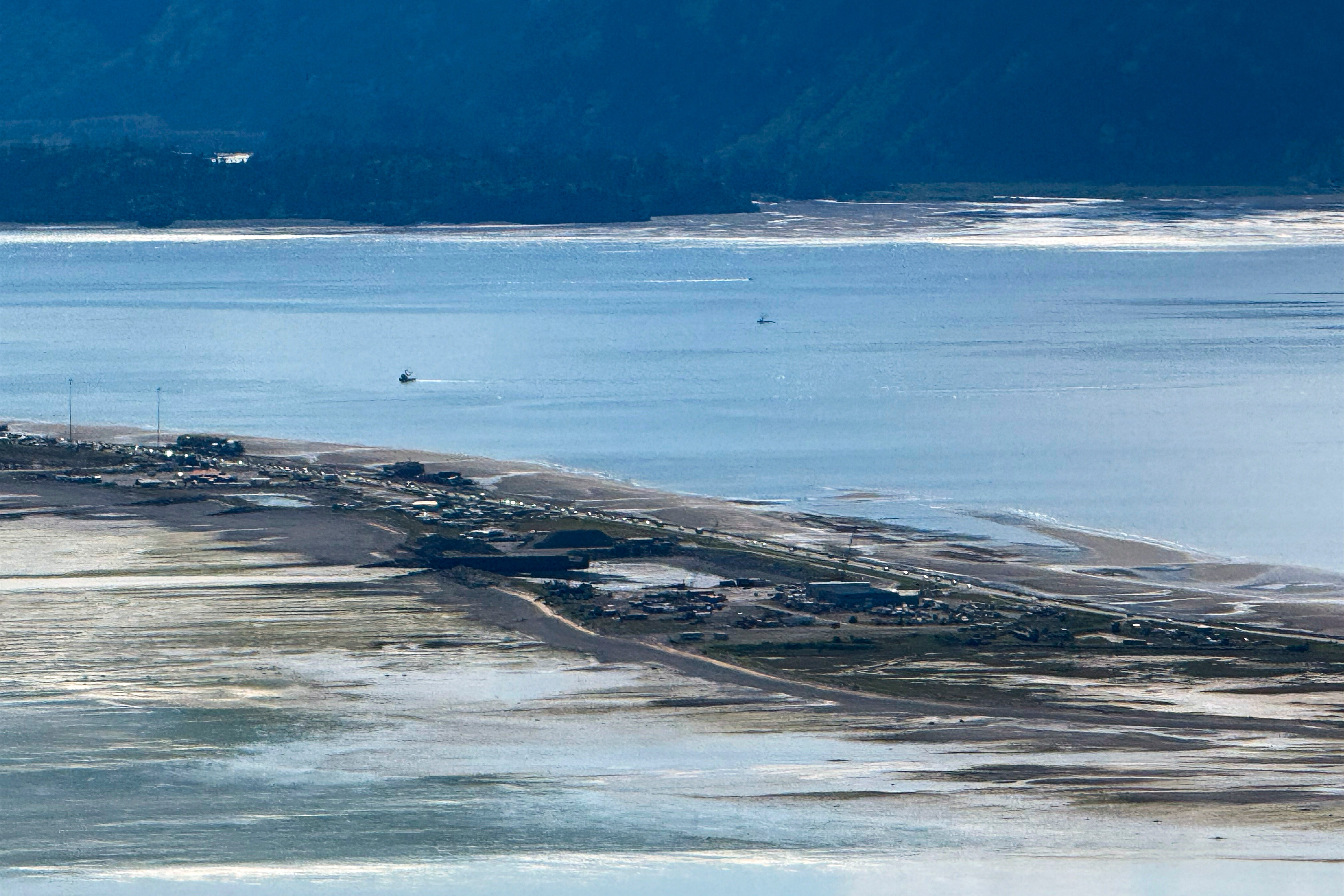
A powerful 7.3 magnitude earthquake struck off Alaska’s Aleutian Islands on Wednesday, prompting a tsunami warning and calls for coastal residents to seek higher ground, though officials later confirmed no significant damage or injuries.
The tremor, which hit a seismically active region that has seen several strong quakes in the past five years, including a similar event almost exactly two years ago, initially triggered fears of a large wave. However, the tsunami warning was downgraded after about an hour.
Communities spanning a 700-mile (1,127-km) stretch of Alaska’s southern coast had advised residents to evacuate. The National Tsunami Warning Center reported the maximum wave height at Sand Point, 55 miles (88 kilometres) north of the epicentre, was a mere 3.9 inches (10 centimetres), occurring at low tide. Despite the initial alarm, authorities confirmed on Thursday that there had been no reports of injuries or major damage from the event.
Earthquake sparked tsunami warning
The earthquake struck at 12:37 p.m. local time, prompting the center’s tsunami warning.
There are a number of ways people in warning areas can receive notifications, including the sounding of sirens in communities that have them, listening to weather radio or public radio broadcasts, following official accounts on social media, or via push alerts on cellphones. In some places, local officials have relayed warnings door to door, said Jeremy Zidek, a spokesperson with the state’s emergency management division.
Public safety departments in King Cove and Unalaska sent alerts urging those in coastal areas or those that could see inundation to seek higher ground.
The warning issued by the center was downgraded to an advisory before being canceled around 2:45 p.m.
Alaska is one of world’s most seismically active regions
Alaska is the most earthquake-prone state in the U.S. and one of the most seismically active regions in the world, according to the U.S. Geological Survey. The state experiences a magnitude 7 earthquake almost annually, and the second-largest earthquake ever recorded was centered about 75 miles (120 kilometers) east of Anchorage, the agency said. That 1964 magnitude 9.2 earthquake — and the tsunami it triggered — killed about 130 people.
The Aleutian arc is no stranger to earthquakes, but the activity in the region where Wednesday’s earthquake struck has gotten scientists’ attention. The area, within a few hundred miles of the earthquake, has “lit up” since 2020, with Wednesday’s earthquake marking the fifth exceeding magnitude 7.0 since 2020, said state seismologist Michael West.
“I would not call this an isolated earthquake. It appears to be part of a larger sequence spanning the last several years,” he said. But West added: “There’s no reason to be alarmist about this.”
People should continue to heed warnings, officials say
Some communities have buildings designated on higher ground as meet-up points during tsunami warnings, such as a school, while others might simply urge residents to retreat up a hillside, Zidek said.

“That area of Alaska, most areas of Alaska, it gets steep real quick,” he said.
Sometimes, the only warning one might have is the shaking ground, Zidek said. “If it shakes violently for 20 seconds or more, that is your warning sign, and you should head to higher ground if you’re in a coastal area,” he said.
Zidek and West said people should continue to heed warnings. West said he worries about a “burnout effect” among residents in the region, some of whom have evacuated numerous times since 2018 in response to larger earthquakes that have not caused significant damage.
West said he is reminded of a magnitude 8.6 earthquake in 1946 — west of the location of Wednesday’s quake — that generated a deadly tsunami and led to the creation of a U.S. tsunami warning system. The death toll included more than 150 people in Hawaii, according to the National Oceanic and Atmospheric Administration.
“This area is capable of trans-Pacific tsunamis, and I feel like maybe the best way to stay vigilant … is maybe to look into our deeper history beyond just the last five years,” he said




